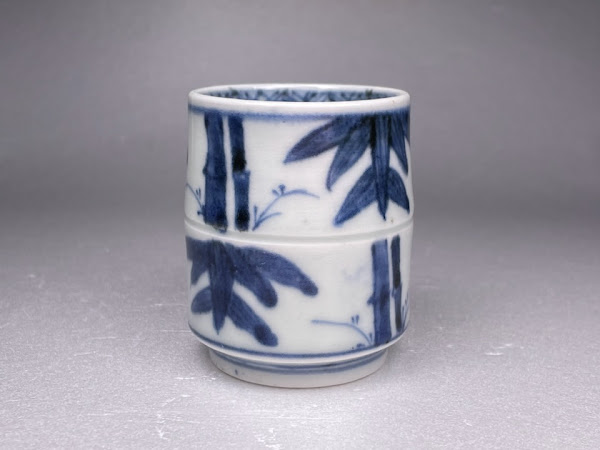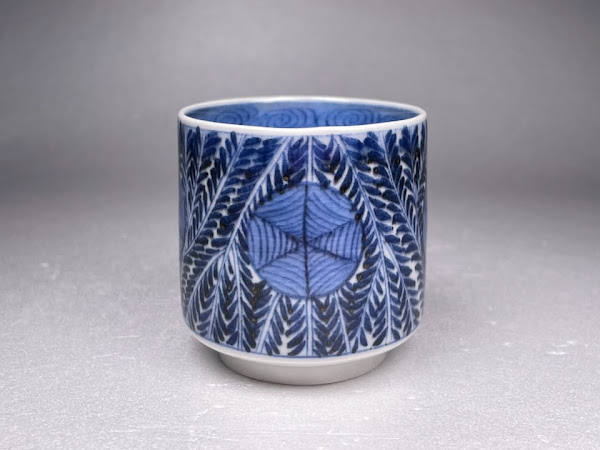尾去沢石 Osarizawaite

Osarizawa Mine, Kazuno City, Akita, Japan(秋田県鹿角市 尾去沢鉱山) width: 40 mm / weight: 85 g 尾去沢の銅・鉛・亜鉛鉱脈の酸化帯に生じたかさかさした鉱片で、うぐいす色の尾去沢石が表面を覆っているものとおもわれる。尾去沢石はルーペで拡大しても結晶の形が確認できないくらいの微細な土状で、いじっていると手にくっつく。大きさの割に重さがある。方鉛鉱(比重 7.6)の残滓に加えて硫酸鉛鉱(比重 6.3)とおもわれる無色透明の微結晶が多数みられるので、そのせいだろう。 A piece of oxidized copper-lead-zinc ores in the Osarizawa mine is partly covered with yellowish green (a bush warbler's green) powdery osarizawaite. It is heavier than it looks probably because of a lot of galena residuals and anglesite. 裏側にも結晶がつく。 The green crystals on the backside. 球状に集合した部分。 Mindat.org の写真をみるかぎり尾去沢石の産状としてはよくあるもののようだ。淡青色の銅の2次鉱物とおぼしきものが混じっていると考えられるところは色が薄い。写真幅は約 7 mm。 Osarizawaite seems to show this botryoidal texture. Photo width: 7 mm. 硫酸鉛鉱、未分解の方鉛鉱と共生した部分。とても色鮮やかなうぐいす色で尾去沢石の純度が高そうだ。硫酸鉛鉱は透明なものが多く、標本中にふんだんにみられる。写真幅は約 7 mm。 Fresh green osarizawaite crystalizes with black galena and transparent or translucent anglesite. Photo width: 7 mm. 先日のホリミネラロジーのセールで入手した。古いラベル


